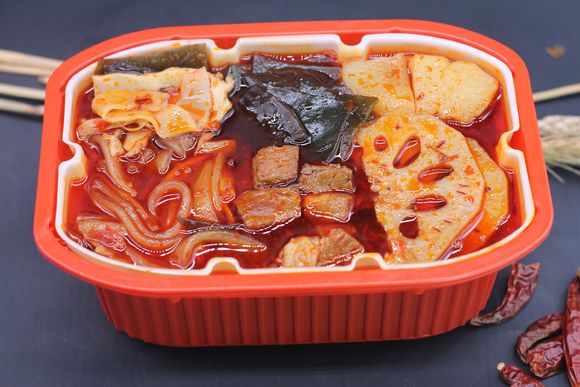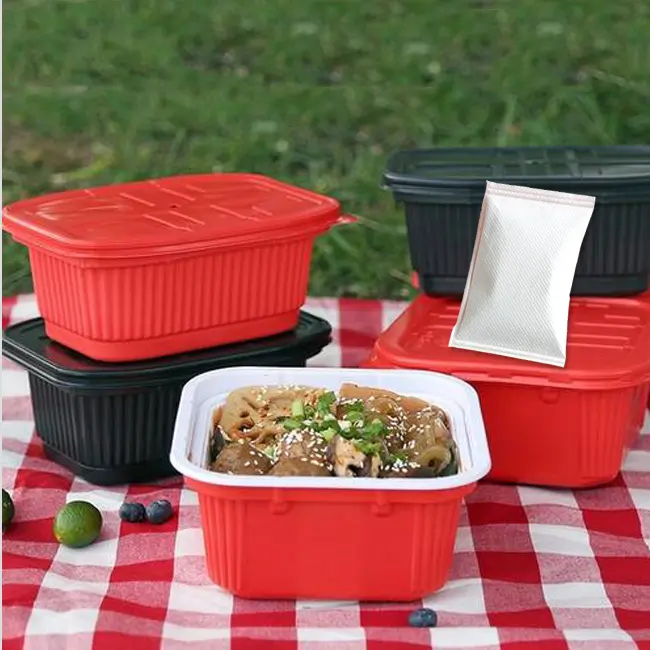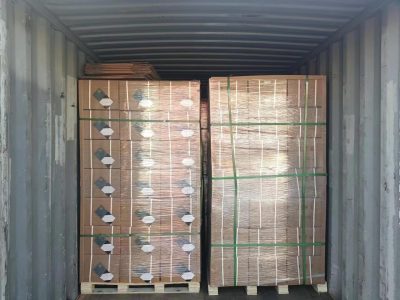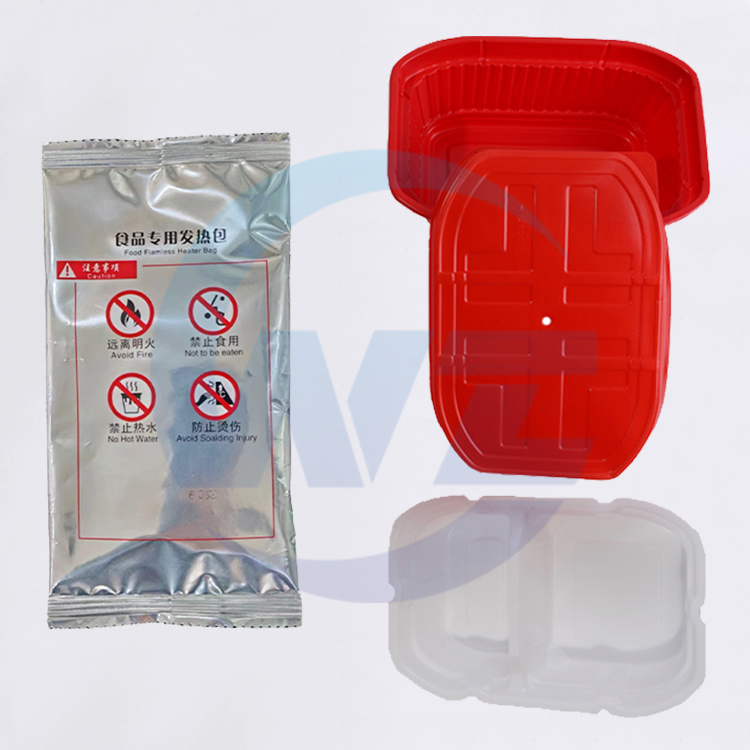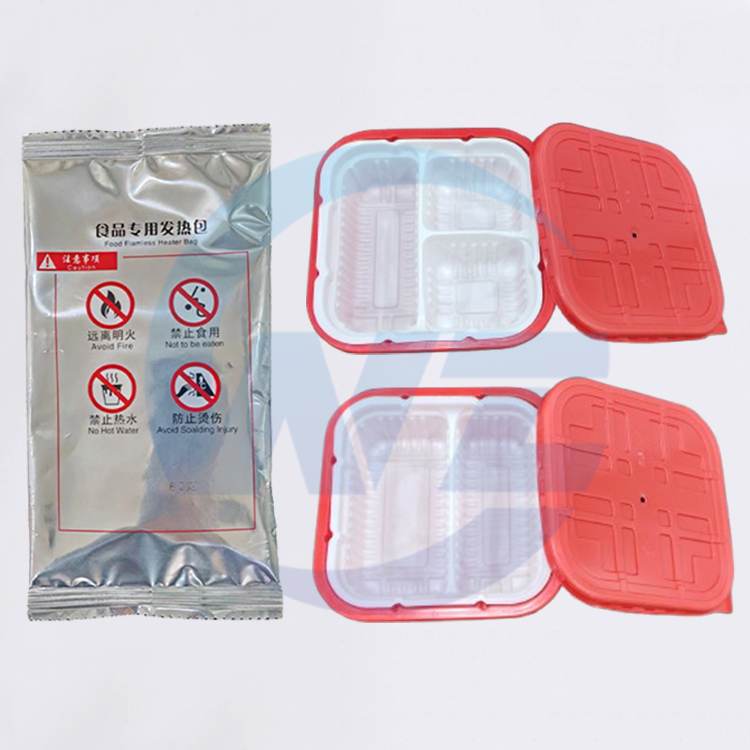by Kevin
Share
by Kevin
Share
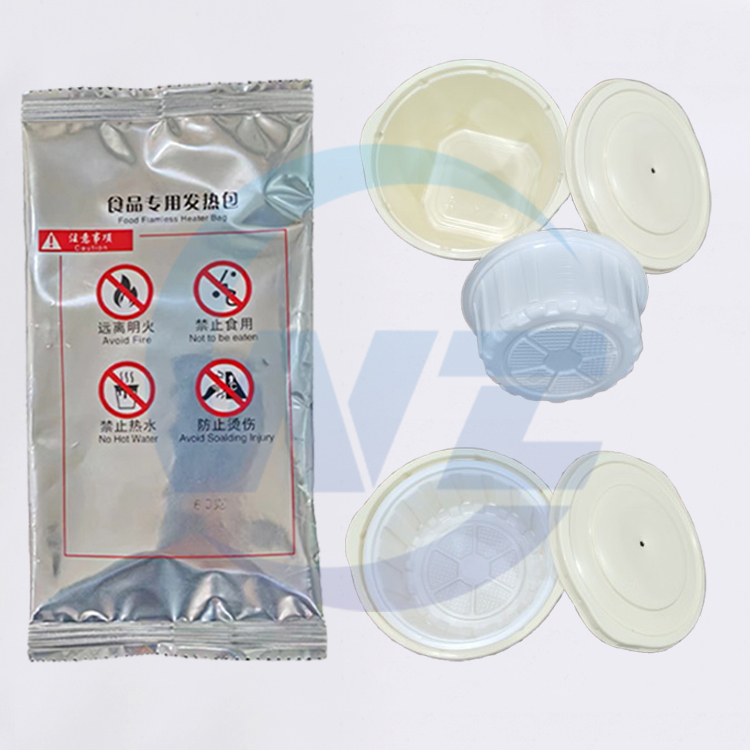
The magic of a self-heating meal—enjoying a hot, steaming entree from a sealed pouch without a stove or microwave—can seem like science fiction. However, the technology behind it is a fascinating and practical application of chemistry. Understanding how these meals work not only satisfies curiosity but also empowers you to use them more effectively and safely. This guide breaks down the science, components, and process that make a self-heating meal a reliable source of hot food in any situation.
The Core Principle: An Exothermic Reaction
At the heart of every self-heating meal is a simple, powerful chemical reaction known as an exothermic reaction. This is a process that releases energy in the form of heat. The specific reaction used is between magnesium and water. While magnesium metal is stable in dry air, it reacts vigorously when water is introduced, especially in the presence of a catalyst.
Key Components of a Self-Heating Meal System
A self-heating meal isn’t just the food; it’s a complete system with three essential parts that work together.
The Food Pouch
This is a sealed, durable, and flexible pouch containing the pre-cooked meal. It’s made from high-quality, food-grade laminated materials that can withstand the heat generated by the heater without leaching chemicals or affecting the food’s taste.
The Heating Element
This is the engine of the system. It’s a flat, porous pouch containing a carefully measured mixture of fine magnesium powder, salt, and iron powder. The salt acts as a catalyst to speed up the reaction, while the iron powder helps to distribute the heat more evenly across the surface of the food pouch.
The Water Activator
A small, sealed pouch of water is included with every meal. The amount of water is precisely calculated to be the perfect amount to activate the magnesium completely without creating excess steam or a soupy mess.
How Are Self-Heating Meals Made?
The manufacturing process is a precise blend of food science and chemical engineering.
Chemical Formulation and Packaging
The magnesium, salt, and iron powder are mixed in a controlled environment to ensure consistency. This mixture is then sealed into the porous heating pouch. This pouch is designed to be strong enough to hold the powders but permeable enough to allow water to quickly penetrate and activate the reaction.
Meal Preparation and Sealing
The food is cooked, then vacuum-sealed in its pouch to ensure freshness and a long shelf life. The food pouch is designed to lie flat to maximize contact with the heating element.
System Assembly
The food pouch, the heating element, and the water pouch are all packed together inside an outer box or wrapper. This outer packaging is crucial for the heating process, as it acts as an insulator and a cradle to hold the components in the correct position.
Popular Uses and the Importance of the Science
Military and Tactical Use
The U.S. military’s Meal, Ready-to-Eat (MRE) popularized this technology. The science provides soldiers with a hot meal in the field, which is critical for morale, energy, and maintaining core body temperature in harsh environments.
Emergency Preparedness
In disaster scenarios, the science of self-heating meals provides a lifeline. When power and gas lines are down, this reliable chemical process ensures people can access a hot meal, which is vital for comfort and survival.
Outdoor Recreation
For backpackers and campers, the science means they can enjoy a hot meal without carrying fuel canisters or worrying about fire bans. It’s a lightweight, safe, and effective solution for enjoying hot food on the trail.
How to Activate a Self-Heating Meal Correctly
Understanding the science helps you use the meal correctly for the best results.
Step 1: Position the Components
Place the unopened food pouch inside the outer box. Slide the heating element underneath the food pouch, ensuring maximum surface contact.
Step 2: Add Water
Pour the entire contents of the water activator pouch directly onto the heating element. Do not pour water on the food.
Step 3: Seal and Wait
Immediately fold the top of the box closed and lay it flat on a stable surface, or lean it against an object at a slight angle. This traps the heat and steam, directing it into the food. Wait 10-15 minutes for the reaction to complete.
Conclusion
The self-heating meal is a brilliant example of applied chemistry solving a real-world problem. By harnessing the simple, predictable energy of a magnesium-water reaction, it provides a safe, reliable, and incredibly convenient way to enjoy a hot meal anywhere. By understanding the science behind it—the components, the reaction, and the safety principles—you not only appreciate the ingenuity but also become a more informed and capable user. It’s a testament to how a little bit of science can bring a lot of comfort.
If you are interested in learning more about the technology behind self-heating meals or need recommendations for the best products on the market, please contact us. We can provide expert advice based on your specific needs. If you have any questions about the safety or science of these products, consult us. Our team is ready to provide professional services and answer your questions. You are welcome to consult us at any time!
STAY IN THE LOOP

